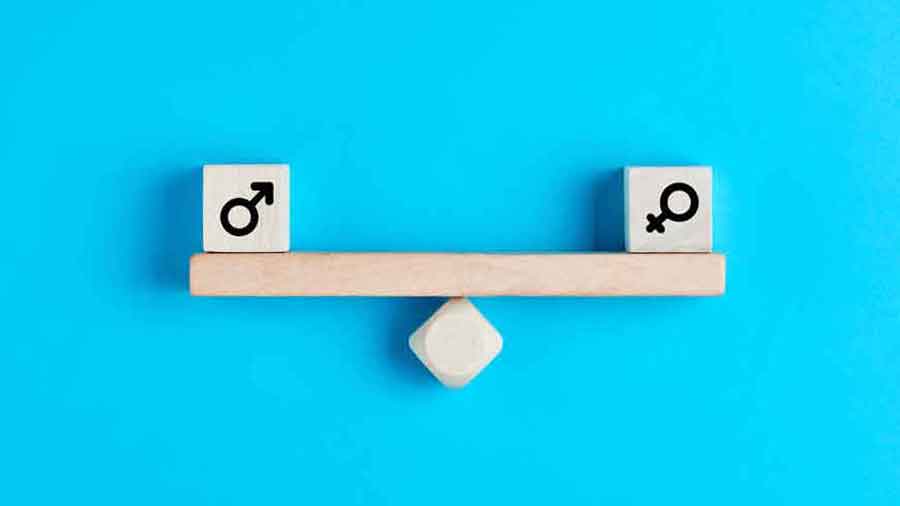The percentage of men owning phones is as high as 61 per cent while only 31 per cent of women-owned phones in 2021, according to Oxfam India’s latest “India Inequality Report 2022: Digital Divide”.
The report said that India’s growing inequalities based on caste, religion, gender, class and geographic location are being worryingly replicated in the digital space.
It said on Monday that the reach of digital technologies remains limited to largely male, urban, upper-caste, and upper-class households and individuals.
“Eight per cent of the general caste have a computer or a laptop whereas less than 1 per cent of the Scheduled Tribes (ST) and 2 per cent of the Scheduled Castes (SC) have it. As per the Mobile Gender Gap report by GSMA, women are less likely to use mobile Internet by 33 per cent when compared to men in 2021,” it said.
“India’s growing inequalities based on caste, religion, gender, class and geographic location are being worryingly replicated in the digital space,” the report added.
Oxfam analyses primary data from the Centre for Monitoring Indian Economy’s (CMIE) household survey from January 2018 to December 2021.
The report looks at CMIE’s data on Internet access, mobile ownership, computer and broadband availability to assess the inclusivity of digital initiatives to deliver public services and entitlements. The report also uses secondary analysis from the National Sample Survey (NSS).
It showed a digital divide based on employment status, where 95 per cent of the salaried permanent workers have a phone whereas only 50 per cent of the unemployed (willing and looking for a job) have a phone in 2021.
Contrary to popular perception, the use of computer devices decreased in rural areas, revealed the findings. Pre-pandemic, only 3 per cent of the rural population owned a computer. “This has come down to just 1 per cent post-pandemic. Whereas in urban areas, the number of people with computers is 8 per cent,” the report said.
The use of digital technologies in delivering essential services such as education and health is also reflecting the country’s digital divide and its consequences, it said.
Amitabh Behar, CEO of Oxfam India, said: “India’s growing inequality is accentuated due to the digital divide. The growing inequality based on caste, religion, gender, class, and geographic location also gets replicated in the digital space. People without devices and the Internet get further marginalised due to difficulties in accessing education, health, and public services. This vicious cycle of inequality needs to stop.”
The report recommended that the government’s efforts to bridge India’s current income inequality by improving the income of the poor become pertinent and can go a long way.
This can be done by setting a decent minimum living wage, easing the indirect tax burden on citizens and provision of universal health and education services, it said.










